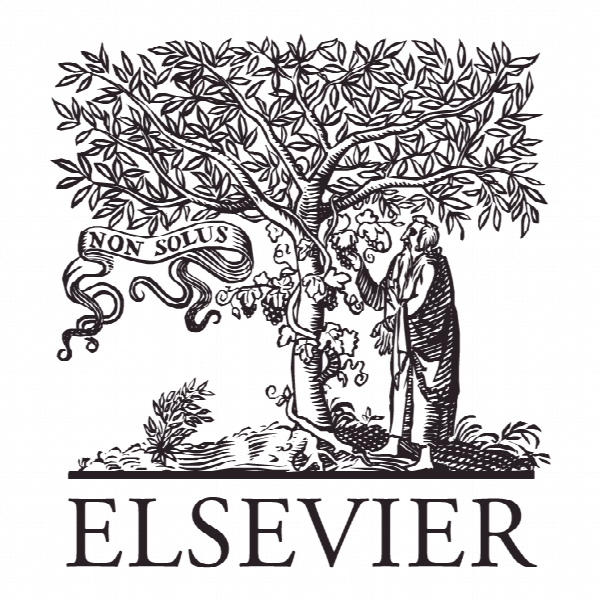شبکه های اجتماعی، قدرت و روابط عمومی: ترتیوس ایونگز به عنوان یک رویکرد همکاری برای مطالعه شبکه های ارتباطی Social networks, power, and public relations: Tertius Iungens as a cocreational approach to studying relationship networks
- نوع فایل : کتاب
- زبان : انگلیسی
- ناشر : Elsevier
- چاپ و سال / کشور: 2017
توضیحات
رشته های مرتبط مهندسی فناوری اطلاعات IT و علوم ارتباطات اجتماعی
گرایش های مرتبط اینترنت و شبکه های گسترده، روابط عمومی
مجله بررسی روابط عمومی – Public Relations Review
دانشگاه تنسی ناکسویل، ایالات متحده
نشریه نشریه الزویر
گرایش های مرتبط اینترنت و شبکه های گسترده، روابط عمومی
مجله بررسی روابط عمومی – Public Relations Review
دانشگاه تنسی ناکسویل، ایالات متحده
نشریه نشریه الزویر
Description
1. Introduction New theories are often adopted and advanced by a scholarly discipline before the idiosyncrasies, possibilities, and consequences of such an adoption are explored. As Kuhn (1970) suggested, “a new theory, however special its range of application, is seldom or never just an increment to what is already known” (p. 7). New theories require adaptation and accommodation in order to fit into the established assumptions and existing practices of a field. Such is the case with social network theories and analysis in public relations. Scholars have used the method to study various relationship networks (cf., Doerfel & Taylor, 2004; Taylor & Doerfel, 2003; Sommerfeldt, 2013a) without first discussing the ethical fit of network theories within the scholarship or practice of public relations. Network theory and social network analysis (SNA) are well established in management, business, and sociology, and a growing body of network research in communication and public relations has emerged over the last decade. The application of network research to public relations contexts has, by and large, taken a structural approach to the study of relationships. The structural approach fits squarely within a functional view of public relations—one that “sees publics and communication as tools or means to achieve organizational goals” (Botan & Taylor, 2004, p. 651). We believe network research can also take a “cocreational approach” that focuses on relationships among publics and organizations that create shared meanings andgoals, and place an “implicit value on relationships going beyond the achievement of an organizational goal” (Botan & Taylor, 2004, p. 652). The idea that public relations professionals should be relationship builders has become a well-established part of the world-view of both academics and industry professionals (e.g., Ledingham, 2003). Yet, many basic assumptions of network theories actually run counter to the cocreational, dialogic, and socially oriented approaches to public relations that have gained prominence in recent years (cf., Heath, 2006; Kent & Taylor, 2002; Sommerfeldt, 2013b; Taylor, 2010). For example, the notion that organizational members fill “structural holes” (Burt, 1992), and are able to selfishly “broker” information for the good of themselves or their organization, shows little concern for the benefits of relationships to other stakeholders, stakeseekers, or other publics and their role in the meaning-making process (cf. Botan & Taylor, 2004).


